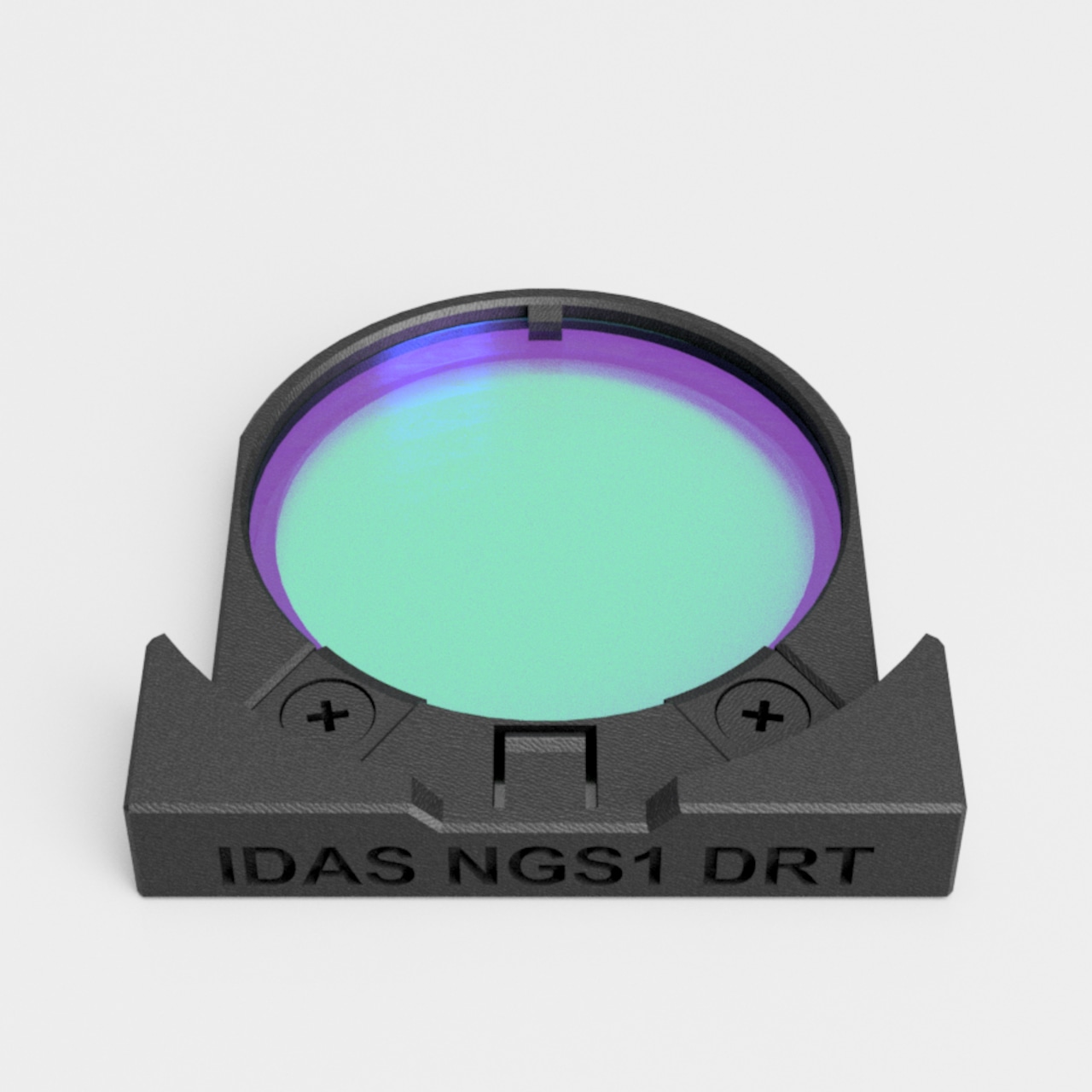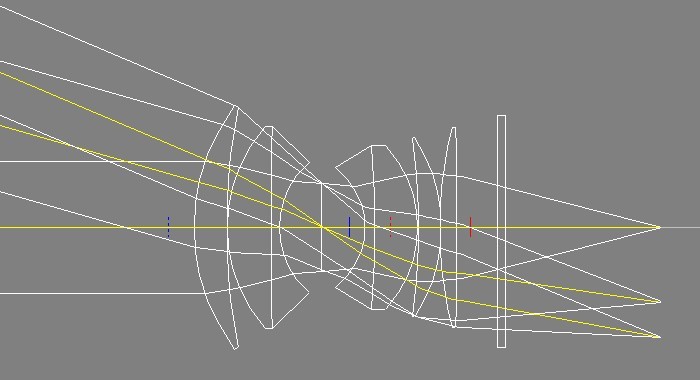總計: HK$ 0
品牌
類別
商品名稱 或 貨號
存貨狀態
價格範圍
至排序
搜尋

原價:HK$1840
For Canon EF-EOSR drop-in mount adapter & Meike MK-EFTR-C (EF-R) & MK-EFTE-C (EF-E) drop-in mount adapters:Installation Manual
星雲和星系,更清晰、更忠實
——IDAS 的 NGS1 濾鏡是一款均衡的 LPS(光污染抑制)濾鏡,覆蓋整個可見光範圍,在抑制光污染的同時,實現了高水平的自然色彩還原。它
能夠有效遮蔽城市地區的強烈人造光(鈉燈和汞燈),同時穩定地透射 Hα、OIII 和 SII 等天體的發射線光譜。它可以清晰地捕捉星系、星雲、星團和銀河係等各種天體,而不會出現色彩偏差。
此型號專為「DRT 型」設計,相容於佳能原廠 EF-EOSR 嵌入式轉接環和美科 EF-R/E 嵌入式轉接環,
實現高效能、高畫質的後置配置,無需在每次更換鏡頭時更換濾鏡。
|
| *This product is an interference filter. Its spectrum characteristics will be subject to the incidence of incoming light. Please carefully read the following instruction for proper use: | |
| When the NGS1 is placed before the lens: | |
Use a lens having the light incidence angle of 14 degrees or lower (field angle of 34 degrees or lower). |
|
| When the NGS1 is placed between the lens and camera: (applies to IDASmio filters) | |
|
When your camera is equipped with an APS-C image sensor and uses a lens with a *back focal distance of 40mm or greater and F value of two or faster, it is possible to hold down the maximum averaged incidence angle of the incoming light ray against the filter within about 14 degrees. Under the conditions of the above mentioned camera, there will be almost no field angle requirements for the lens to be used. |
|
 28mm F2.8 28mm F2.8 |
 50mm F2.0 |
*This is NOT the flange focal length.. |
|